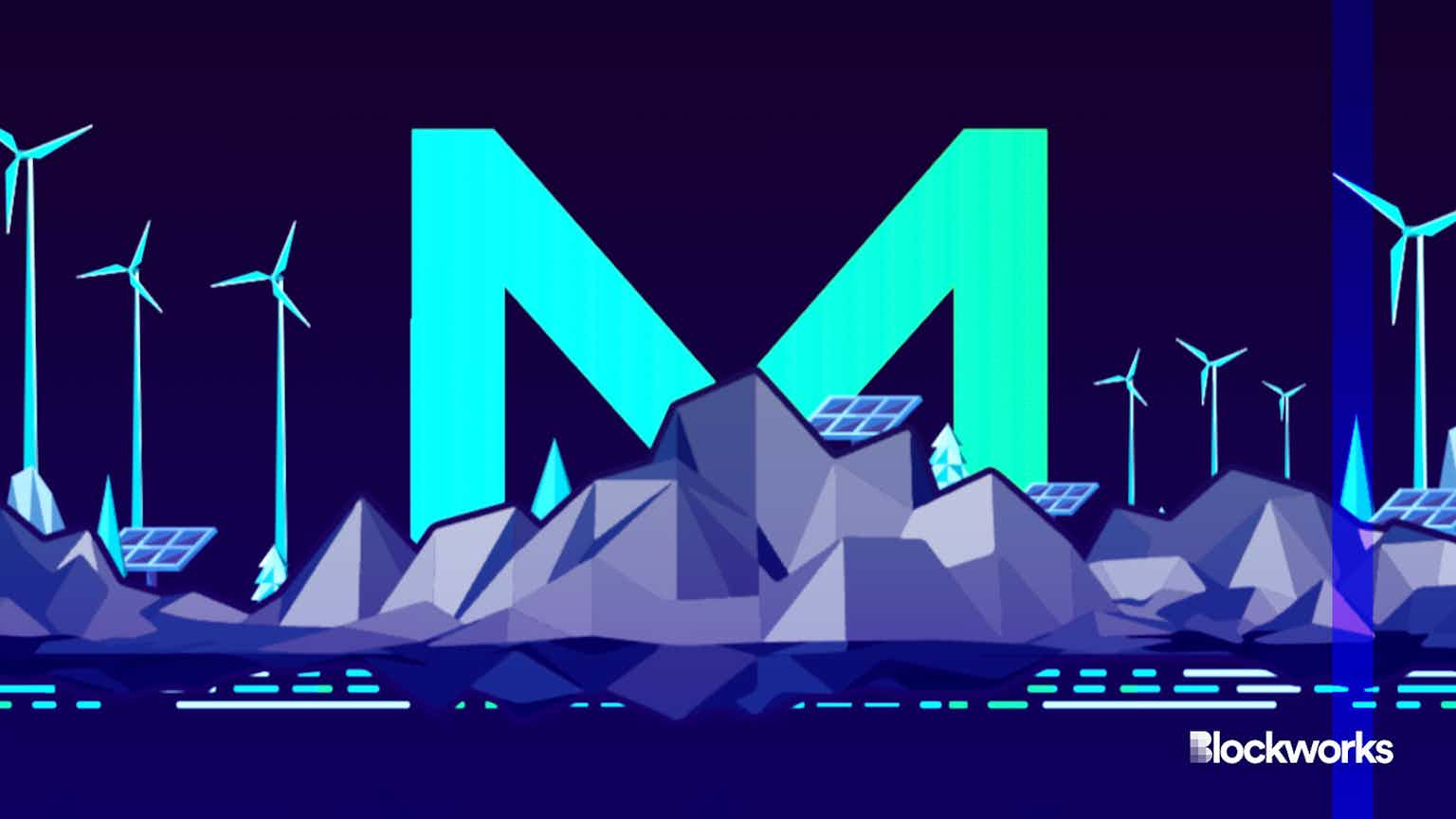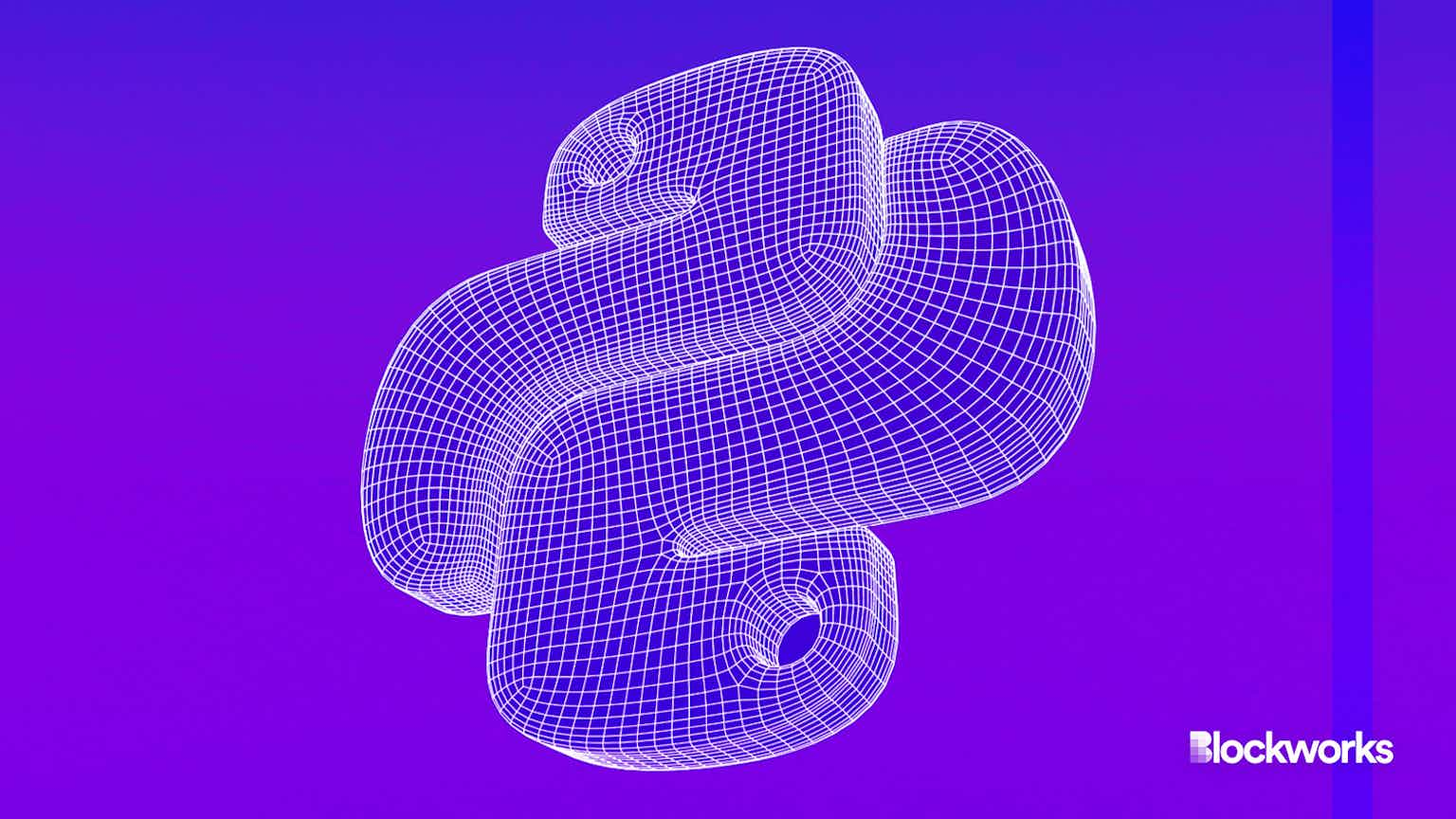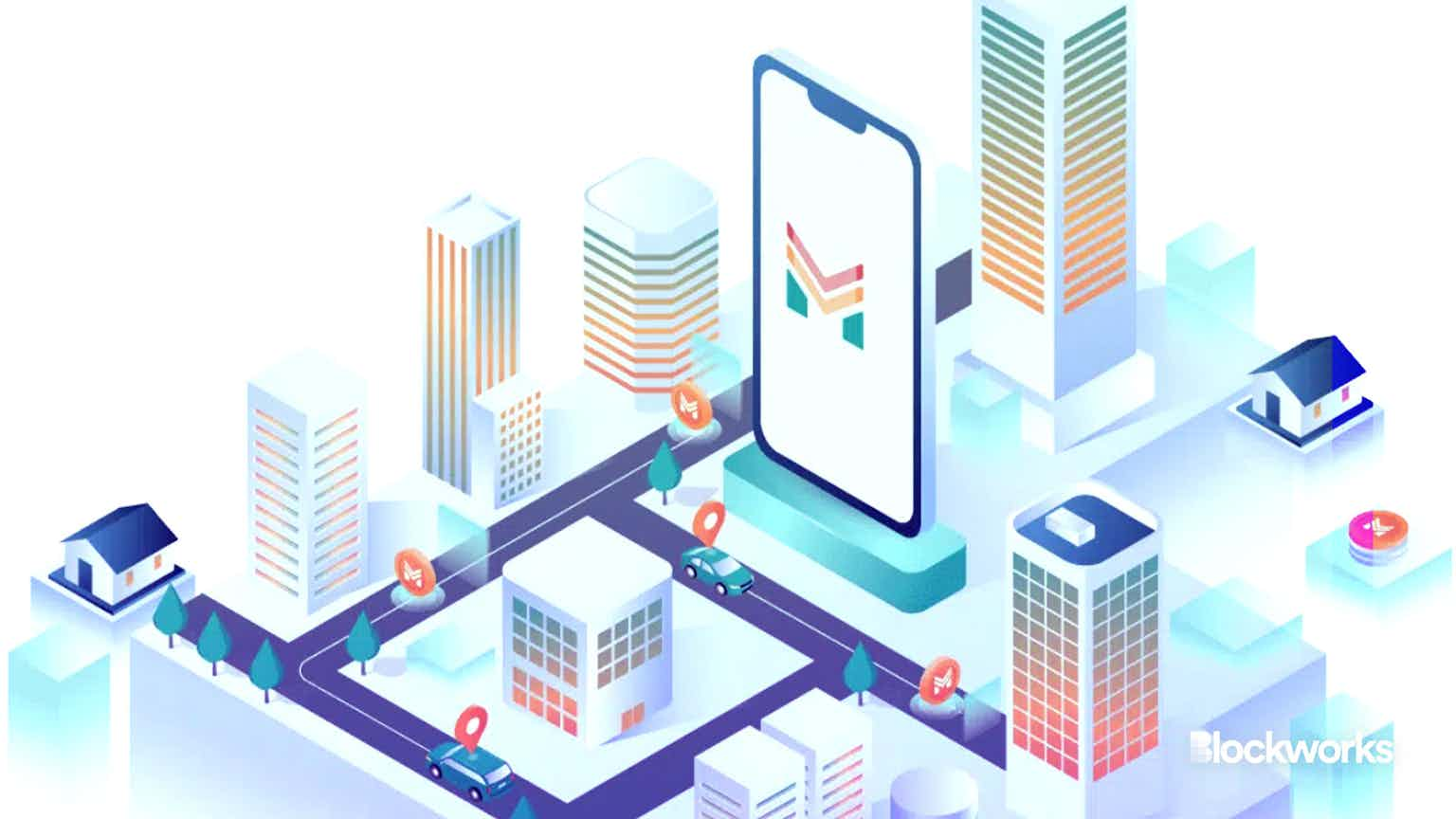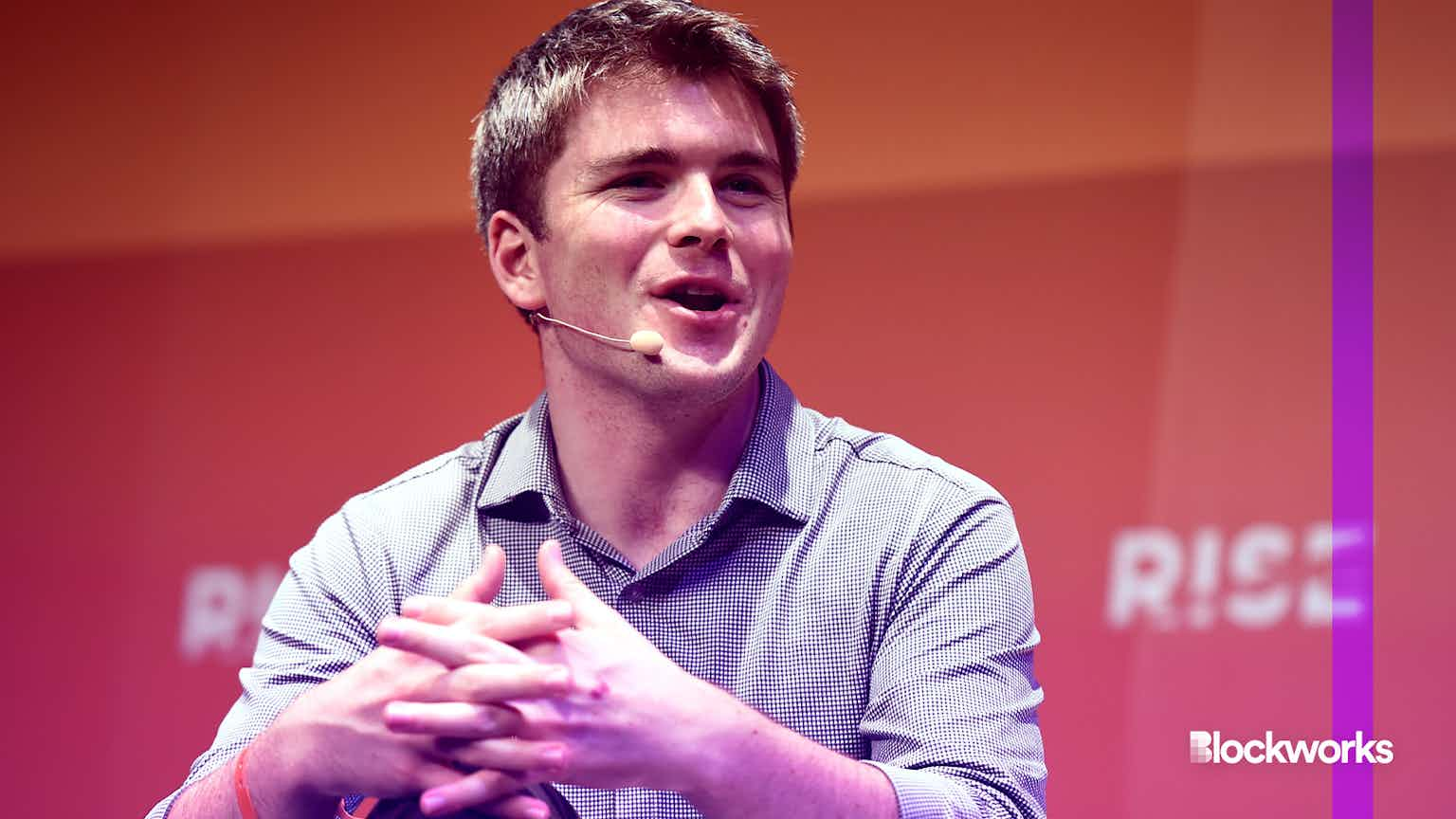0G Labs raises $35M for data availability, spurring competition with Celestia, EigenLayer, others
0G separates its data availability system into two different lanes

Andrew Angelov/Shutterstock modified by Blockworks
0G Labs has raised $35 million in fresh funding for its development of infrastructure aimed to help AI and other compute-intensive applications run on-chain. The round drew participation from Hack VC, Stanford Builders Fund, Delphi Digital and GSR, among several others.
The platform is hoping to stake its claim as a go-to layer for data availability (DA), joining a field of current and forthcoming DA providers that includes the likes of Celestia, EigenLayer, NEAR and Avail. 0G, shorthand for Zero Gravity, hopes to scale by separating data storage from data publishing.
Data availability refers to the ability of nodes in a blockchain network to access and verify transaction data. For optimistic rollups like Arbitrum and Optimism, for example, nodes need to be able to access all the chain’s transactions to run proofs and weed out fraudulent transactions.
Read more: Celestia, the first modular data availability network, launches on mainnet
But publishing large amounts of data is expensive: A Blockworks Research report estimated that DA costs account for 90% of transaction costs on some rollups. The cost is exacerbated by the fact that many rollups use Ethereum for DA, and Ethereum blockspace is expensive.
As a result, startups like 0G have cropped up to provide much cheaper DA layers. These are particularly attractive to high-throughput sectors like gaming, on-chain social media or AI.
Michael Heinrich, founder of 0G, told Blockworks that the protocol is working with “a number” of AI projects including ORA and Modulus Labs.
Read more: ORA’s on-chain AI oracle is now available on Ethereum mainnet
“Their horizontal scaling approach is different from other players in the space, and it’s going to be able to hit the throughput you need to support high volume applications [on-chain],” Sam Lehman, principal at 0G Labs investor Symbolic Capital, told Blockworks.
0G is designed with two lanes: one for data publishing and one for data storage.
The platform’s data publishing lane makes use of data availability sampling.
DA sampling involves so-called light nodes in a blockchain network downloading random subsets of data to conclude with high statistical probability that all data has been published correctly. DA layers Celestia and Avail also make use of data availability sampling. Ethereum’s planned upgrade to full danksharding will shift the network to start using DA sampling as well.
Read more: Why data availability sampling matters for blockchain scaling
With the 0G platform, batches of data that are sent to 0G’s storage contract also go through the data publishing lane. In the storage lane, data sent to 0G is erasure coded, meaning some data is duplicated so that block data can always be recovered even if data is lost or withheld. Celestia, Avail and EigenDA either do or plan to use erasure coding for their data availability systems.
0G then sends chunks of erasure coded data to a decentralized storage system that is secured by paying rewards to data storers. This system is meant to be horizontally scalable, meaning that each node has to download less data as more nodes are added to the system.
In general, DA providers are premised on modularity, which is the idea of breaking complex systems (like blockchains) into smaller, interchangeable parts. DA layers are used by modular, as opposed to monolithic, blockchain systems.
Before starting 0G, Heinrich previously founded office food service Garten.
Updated March 26, 2024 at 10:23 am ET: Amended to clarify that Avail is a separate entity from Polygon.
Start your day with top crypto insights from David Canellis and Katherine Ross. Subscribe to the Empire newsletter.





